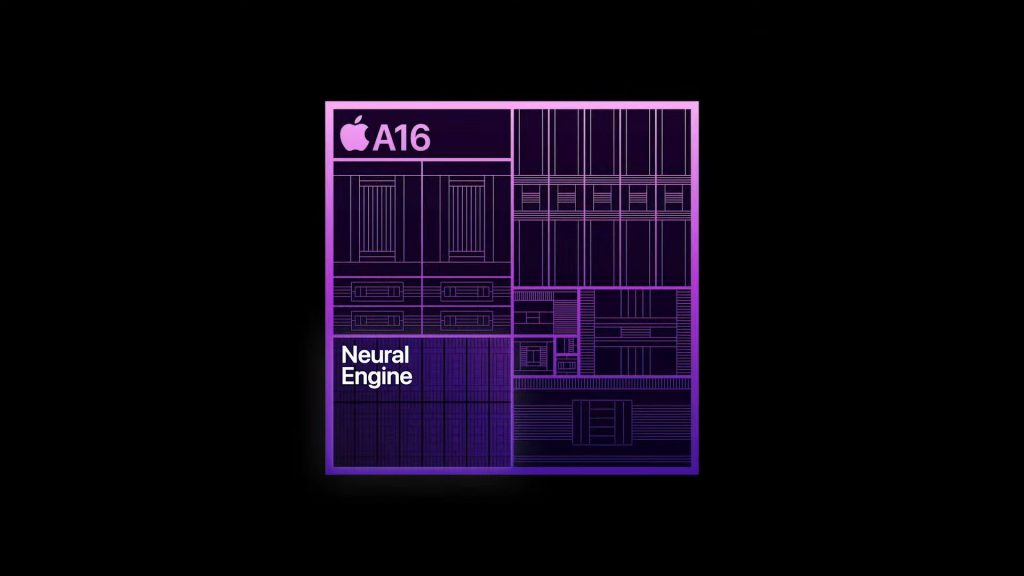
And just as we've been waiting for, Apple just wrapped up its legendary September event for another year in a row. This time around, we get the new iPhones in early September, unlike the usual mid-month event. Anyway, the iPhone 14 series has been announced.
While the regular models aren't really packed with new additions, the iPhone 14 Pro and iPhone 14 Pro Max once again got us excited to try out Apple's latest new technology.
Notable new additions

The Pro models in the new series have received a large number of significant upgrades compared to the standard versions. For another year in a row, 120Hz ProMotion screen technology is now exclusive to the Pro phone, with iPhone 14 and iPhone 14 Plus screens maxed out at 60Hz. but that is not all. In short, here are the most prominent new features in iPhone 14 Pro andiPhone 14 Pro Max:
- The notch has been replaced by a moving bead (Pro models only)
- Always-on Display (Pro models only)
- New 48MP main camera (Pro models only)
- New Action Mode for ultra-smooth video capture (for all iPhone 14)
- Front Camera with Auto Focus, F/1.9 Aperture (All iPhone 14 Models)
- Apple A16 Bionic chip (Pro models only)
- Satellite emergency calling (all iPhone 14 models)
screen and design

Apple really likes to stick to the same design for years on end – this might piss you off if you're a tech-savvy and always on the lookout for something new and creative. However, people who rarely upgrade their phones find comfort in the fact that their 4-year-old devices still look like the latest.
The iPhone 14 Pro and iPhone 14 Pro Max look very similar to their predecessors. Flat rectangle design with smooth corners, stainless steel frame sides, completely flat, and triple camera lenses on the back. Some dimensions differ, of course, because the camera module now includes a larger camera sensor. So no, last year's old phone cases will not work for you.
The screens are where you'll see another design change - the dreaded notch housing the Face ID sensors is now gone and replaced by the more precise "i" bead that houses the components of Face ID. However, Apple has gone to great lengths to include this new notch in the software and user experience.

The screen area around the notch can now display custom widgets and other context-based elements. For example - the area will expand to show you playback controls and songs, for example, when listening to music. Because the phone's panel is OLED, when the pixels turn black, it smoothly expands the area around that notch. Apple calls this new feature Dynamic Island.
In terms of actual screen features – iPhone 14 Pro and iPhone 14 Pro Max screens are, again, OLED panels with a refresh rate of 120Hz. This screen looked great on iPhone 13 Pro and we have no doubt that it will be great again on the new models. But what's new here is that the iPhone 14 Pro screen can reach its peak brightness of 2000 nits, so the screen remains extremely bright even under direct sunlight.
Camera

Every year, Pro models focus primarily on high-end camera features. They have a telephoto lens that supports true optical zoom to distinguish them from the regular versions. These phones also have LiDAR sensors for accurate augmented reality measurements and applications. But this year, we also got a brand new sensor.

Apple has upgraded the main camera of the iPhone 14 Pro and 14 Pro Max to a 48MP camera (from 12MP on lower versions). Apple promises a massive upgrade for low-light and night mode photography. When shooting with ProRAW mode, you can go up to 48MP for an ultra-high resolution image.
The ultra-wide camera also gets some love, as its sensor size has also been increased. This should allow you to take low-light photos and videos with the same quality as the main camera, thus reducing any issues that may occur while switching lenses in the same scene.
On the selfie side, we still get a 12MP sensor, but with a wider aperture – F/1.9. Also, the front camera now has autofocus, so we should get clearer and more colorful photos.
Performance and internal configuration

For the first time ever, the Pro models come with a different chip than the regular models. The new Apple A16 Bionic chip is only exclusive to the iPhone 14 Pro and iPhone 14 Pro Max, while the two cheaper phones will stick with the A15 Bionic chip we saw last year.
So what's new? Apple's new chip built on a 4nm manufacturing node, making it more energy-efficient. The GPU got a big boost, with memory bandwidth increased by 50%, and we expect the iPhone 14 Pro, once again, to be at the top of the performance tests for various flagships.
As for the internal configuration. We're starting with the standard version of the iPhone 14 Pro with 128GB of storage, priced at $999. The next levels are 256 GB, 512 GB, and even 1 TB. As with last year's series, it's recommended to opt for at least the 256GB model if you're going to shoot voraciously - the smaller model doesn't allow you to shoot 4K ProRes video.
Price and release date
Pre-orders begin September 9, shipping begins September 16.

IPhone 14 Pro:
- 128 GB: $1000
- 256 GB: $1100
- 512 GB: $1,300
- 1 TB: $1,500
IPhone 14 Pro Max:
- 128 GB: $1100
- 256 GB: $1,200
- 512 GB: $1,400
- 1 TB: $1,600







